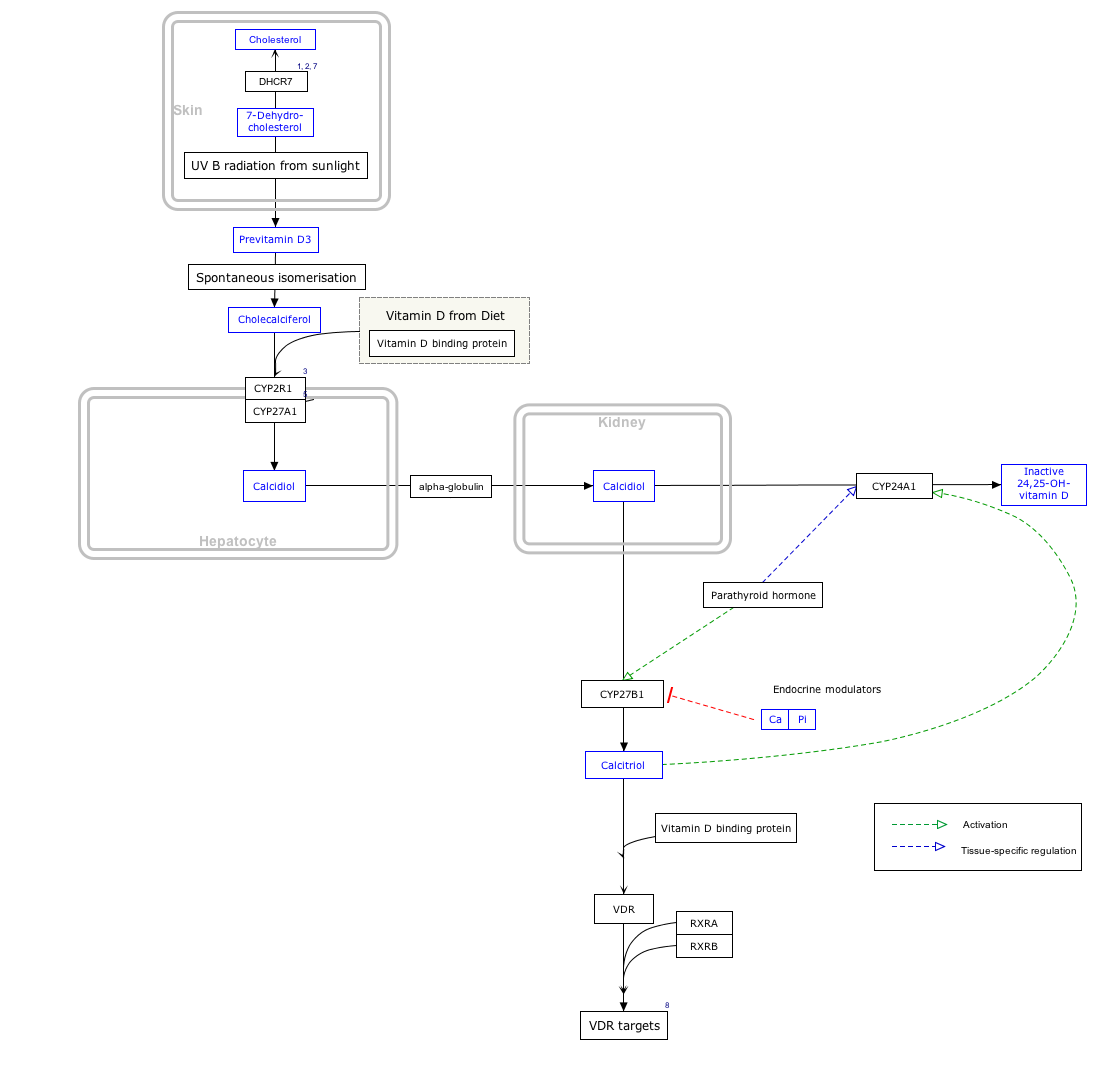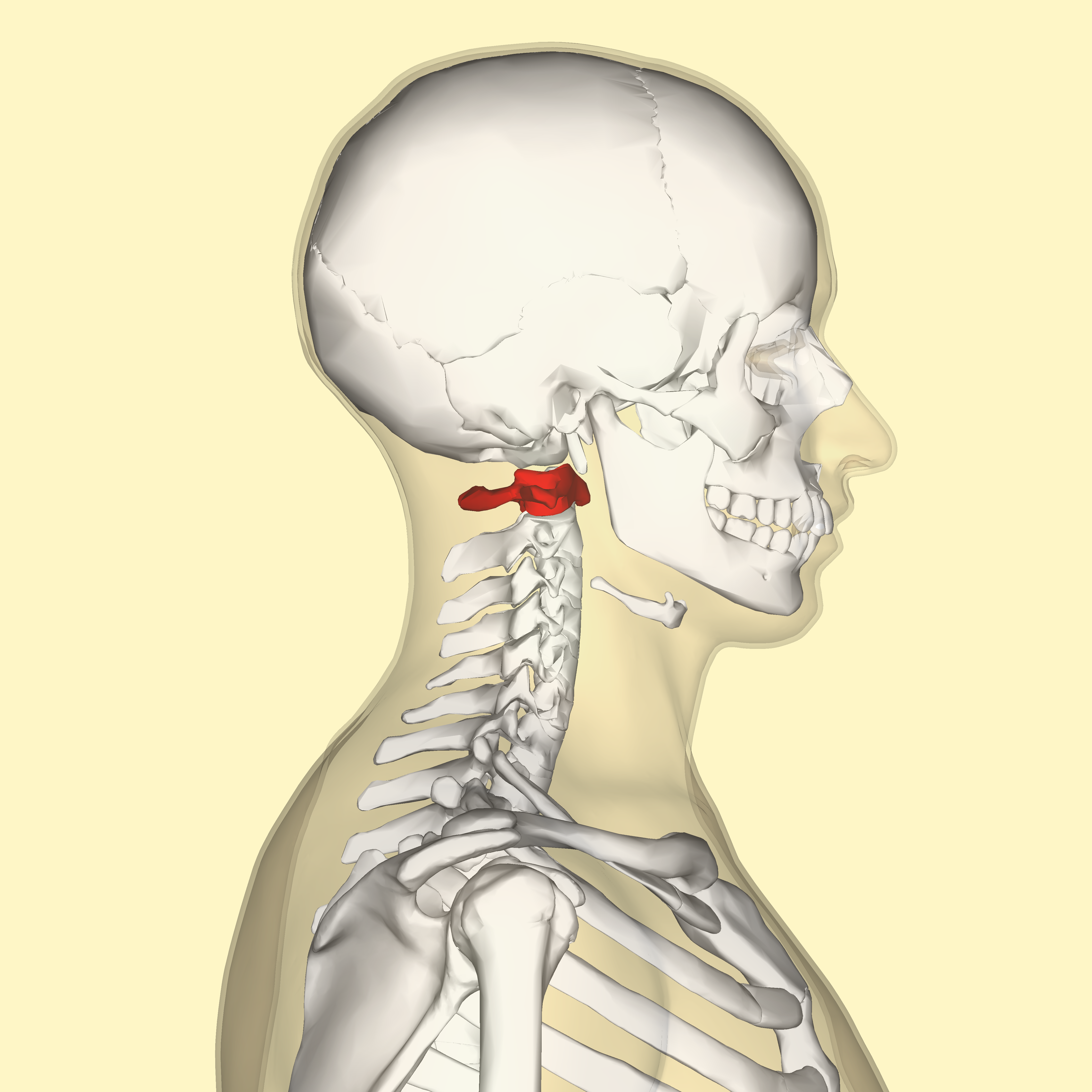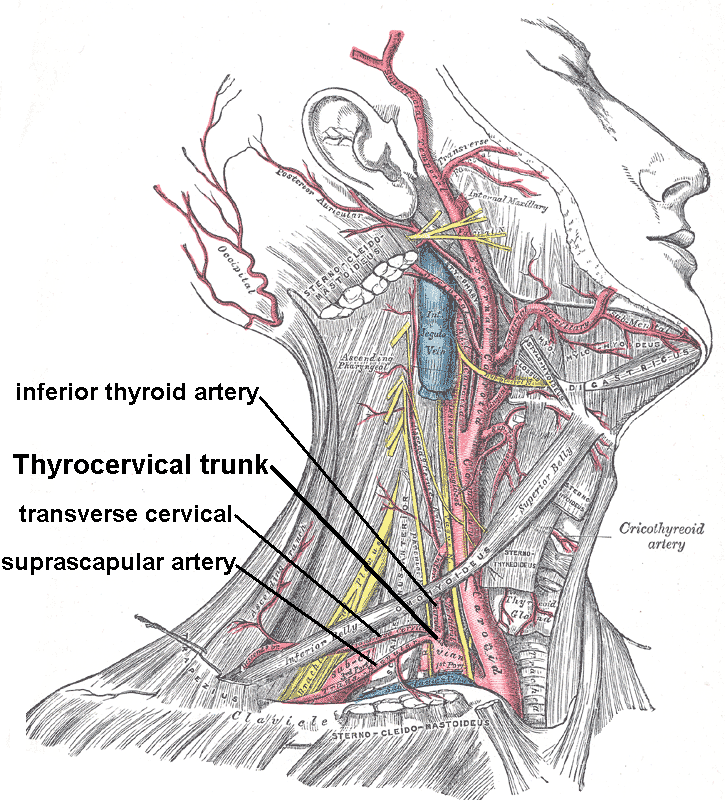ok- taking an angle from this study(scoliosis) and combining the information from Dr Cotsarelis own research on PGD2(from where the concept of using a CRTh2 inhibitor for AGA came from- and proven indeed accurate by others and myself through feeling the difference it made to our scalps) and Cd34/IntergrinA6/CD200(the study that lists out the differences between balding- scalp and haired scalped from the same indidivuals(s)) plus some individual studies like the korean and japanese 1s that showed how Dkk1 inhibits hair growth, how tgf beta 2 induces catagen, how bmp-2 and ephrin a3 is downregulated in balding hair follicles, etc;
I find that the findings(on genes involved, upregulated/downregulated, etc) from them:
1)The Scoliosis study
2)Dr Cotasarelis PGD2 and Cd34/IntergrinA6/CD200 studies
3)Some individual studies by others
correlates with each other rather accurately.
In other words, like i have mentioned before:
Whatever all these truckload of binding site-altered genes(caused by the disruption of a so-called "PEC7 Enhancer" at the PAX1/FOXA2 locus) are doing:
TATA
HNF4
RAR
RXRA
STAT
BATF
COMP
VDR
HDAC2
CART1
FOXA
FOXP1
GATA3
H6 family homeobox 2
IRF
PAX5
P300
is leading to this downregulation of CD34, IntergrinA6(i ommited this in the post a few pages back) and CD200 on the balding scalp + Cd200 on the balding skull(and eyebrows for me)
Coupled with the fact that i myself indeed have a natural v-shape hairline before i started receding, slightly-curved spine and frequently-occuring parotitis of my parotid glands(just below the ears) and frequently-ocurring tinittus in my ears(mentioned very early in this thread months ago before i even stumbled on the scoliosis study) plus slight tingling sensation on my scalp temple when i massaged the lymph nodes below my jawline, ears and parathyroid glands on my neck made me feel the findings from the scoliosis study are extremely accurate.
P.S I also have occasional 'twiches" in my head that felt like some nerves were being 'twisted' whenever i adjusted my jaw or moved my neck- and again, this started during puberty but i am unsure of what the cause is and if there is any link to the balding haplotype variants.
-------------------------
I find that the findings(on genes involved, upregulated/downregulated, etc) from them:
1)The Scoliosis study
2)Dr Cotasarelis PGD2 and Cd34/IntergrinA6/CD200 studies
3)Some individual studies by others
correlates with each other rather accurately.
In other words, like i have mentioned before:
Whatever all these truckload of binding site-altered genes(caused by the disruption of a so-called "PEC7 Enhancer" at the PAX1/FOXA2 locus) are doing:
TATA
HNF4
RAR
RXRA
STAT
BATF
COMP
VDR
HDAC2
CART1
FOXA
FOXP1
GATA3
H6 family homeobox 2
IRF
PAX5
P300
is leading to this downregulation of CD34, IntergrinA6(i ommited this in the post a few pages back) and CD200 on the balding scalp + Cd200 on the balding skull(and eyebrows for me)
Coupled with the fact that i myself indeed have a natural v-shape hairline before i started receding, slightly-curved spine and frequently-occuring parotitis of my parotid glands(just below the ears) and frequently-ocurring tinittus in my ears(mentioned very early in this thread months ago before i even stumbled on the scoliosis study) plus slight tingling sensation on my scalp temple when i massaged the lymph nodes below my jawline, ears and parathyroid glands on my neck made me feel the findings from the scoliosis study are extremely accurate.
P.S I also have occasional 'twiches" in my head that felt like some nerves were being 'twisted' whenever i adjusted my jaw or moved my neck- and again, this started during puberty but i am unsure of what the cause is and if there is any link to the balding haplotype variants.
-------------------------







Comment